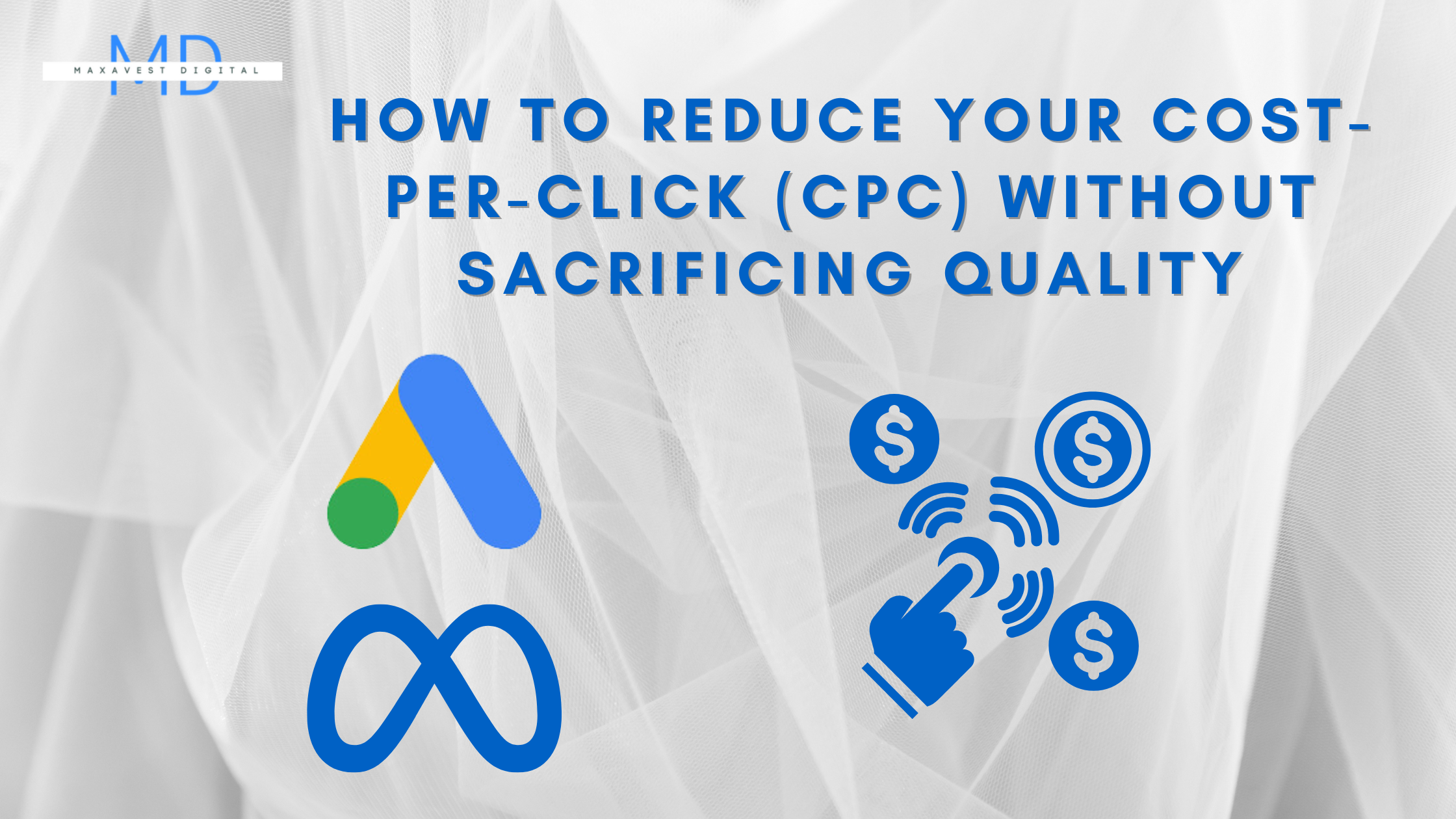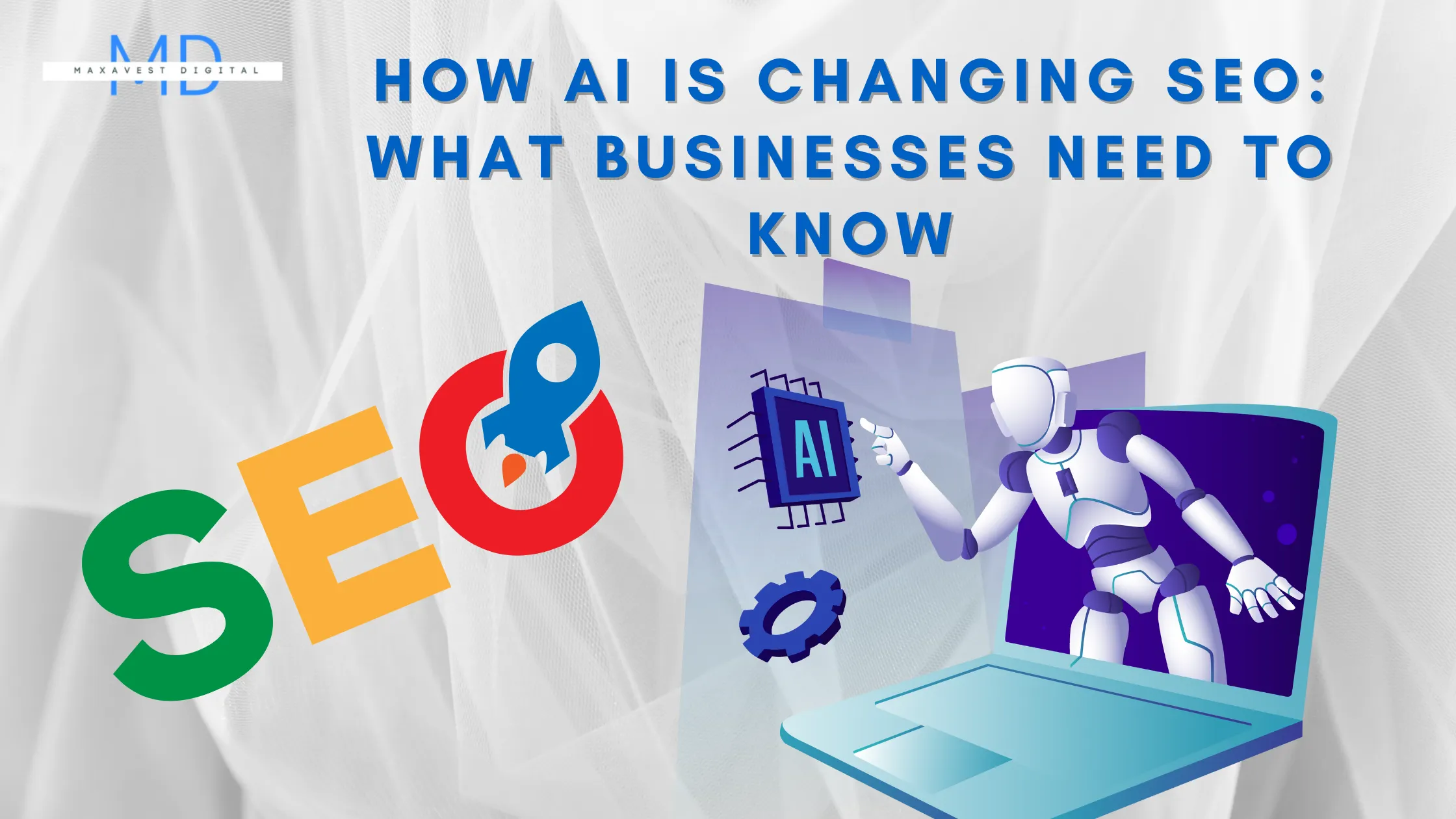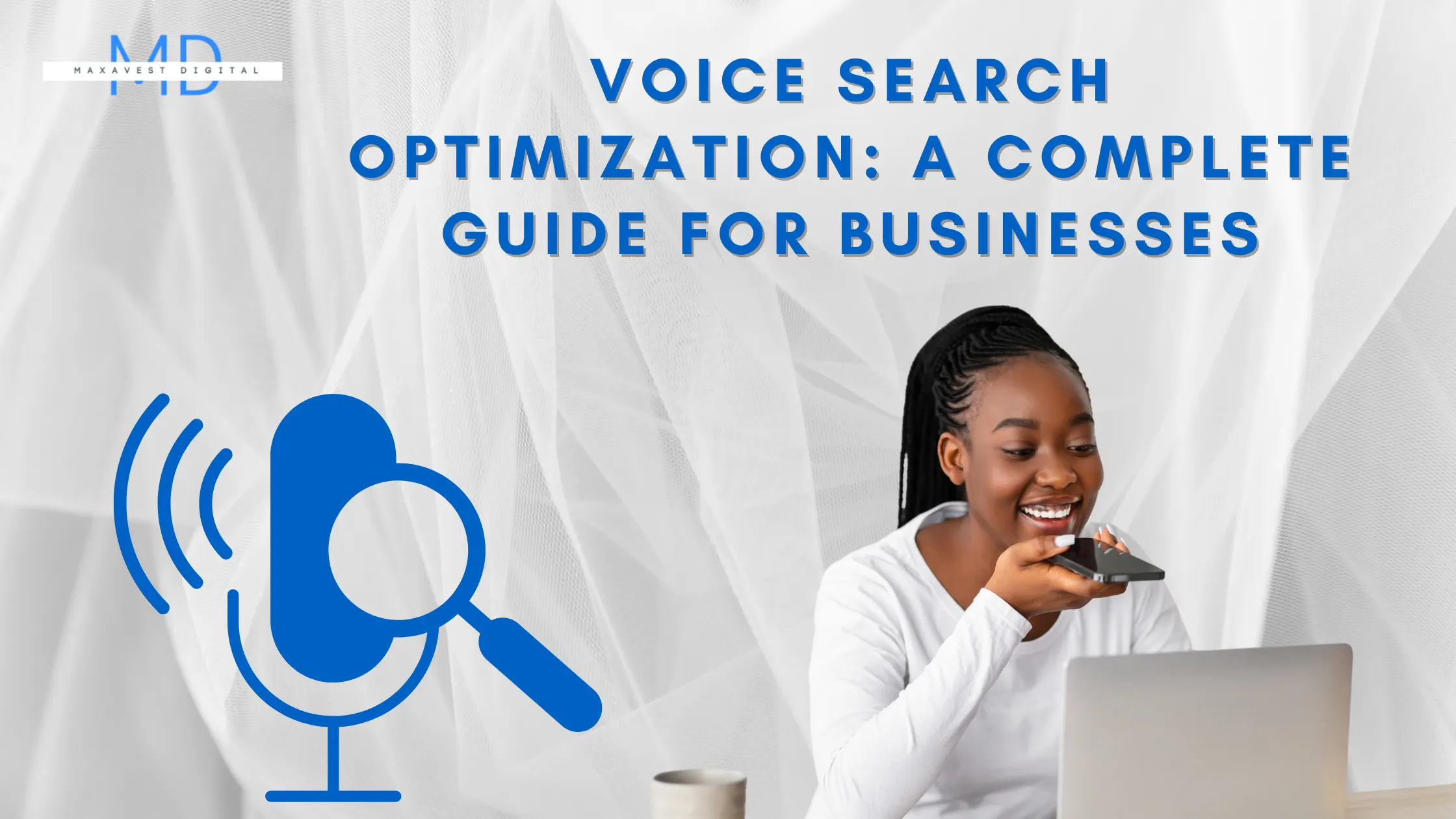How to Reduce Your Cost-Per-Click (CPC) Without Sacrificing Quality
Lowering your CPC without sacrificing quality requires smart keyword research, targeted ads, and optimized landing pages. Focus on long-tail keywords and audience refinement for long-term success.

By Gbenga Akinyemi
Introduction to CPC and Its Importance in Digital Marketing
In the fast-evolving landscape of digital marketing, Cost-Per-Click (CPC) stands as one of the most crucial metrics for advertisers. It reflects the price paid for each click on an ad, making it a direct measure of how much you're spending to drive potential customers to your website. However, the challenge lies not just in lowering CPC, but in doing so without sacrificing the quality of your ads or their effectiveness in reaching the right audience. As businesses aim to make their marketing dollars stretch further, striking the perfect balance between cost efficiency and ad performance is essential.
Understanding the True Cost of High CPC Rates
High CPC rates can quickly drain your advertising budget, leaving you with fewer resources to invest in other areas of your business. Beyond the obvious financial impact, expensive CPC rates can indicate inefficiencies in your ad strategy. This could be the result of overly broad targeting, poor keyword selection, or even an under-optimized landing page. When your CPC is high, it's not just the cost per click that’s affecting your bottom line; it’s also the lost opportunity to engage with a broader audience at a lower cost.
Why Reducing CPC is Key for Long-Term Marketing Success
Lowering your CPC isn't just a short-term tactic—it's a strategy for sustained growth. In the long run, businesses that successfully reduce their CPC can reinvest the savings into expanding their campaigns, targeting new markets, or refining their offerings. By consistently managing and reducing CPC while maintaining high-quality ads, you’re ensuring a competitive edge, especially in crowded markets where every penny counts. More importantly, it allows your marketing efforts to scale more efficiently, leading to greater reach and increased conversions without spiraling costs.
Evaluating the Current Performance of Your Ads
Before embarking on a strategy to reduce CPC, it's vital to take stock of your current ad performance. This requires a close look at metrics like click-through rate (CTR), conversion rate, and Quality Score. Are your ads underperforming in specific segments? Is there a noticeable discrepancy between clicks and conversions? By understanding where your ads are currently falling short, you can identify areas for improvement that directly influence your CPC. It's not just about paying less for each click but making sure each click is more valuable.
How to Analyze CPC Data for Better Insights
CPC data can be incredibly insightful if analyzed properly. Look beyond the surface-level figures to understand which keywords, times of day, and demographics are driving up costs. Are certain keywords consistently resulting in higher CPCs but lower conversions? Are your ads more effective at certain times of the day, or within specific geographic regions? By digging deep into the data, you can uncover hidden patterns and make data-driven decisions that reduce your CPC without sacrificing quality.
How to Avoid Click Fraud and Wasted Ad Spend
Identifying Hidden Factors Driving Up Your CPC
Sometimes, the factors driving up your CPC aren’t immediately obvious. A poorly optimized landing page or a mismatch between your ad copy and user intent could be causing users to click without converting, leading to wasted spend. Other hidden factors may include irrelevant or overly broad targeting, competition on certain keywords, or even your bid strategy. By identifying and addressing these issues, you can make meaningful adjustments that result in lower CPC and more efficient ad spend.
Mastering Keyword Research for Lower CPCs
Keyword research is the foundation of any successful ad campaign, and it plays a crucial role in determining your CPC. Opting for the most obvious, high-competition keywords may seem like a good idea, but it often leads to inflated costs. Instead, focus on mastering the art of finding keywords that strike a balance between relevance, competition, and cost. This means paying close attention to search intent and user behavior, identifying keywords that are relevant to your audience but not necessarily the most expensive.
Long-Tail Keywords: Your Secret Weapon for Reducing CPC
Long-tail keywords, those highly specific phrases that usually consist of three or more words, can be your best ally in lowering CPC. These keywords are often less competitive, meaning they cost less per click while still targeting users with high purchase intent. When users search for long-tail keywords, they typically know exactly what they’re looking for, making them more likely to convert. By focusing on long-tail keywords, you can increase the effectiveness of your ad spend and drive down your CPC without sacrificing quality traffic.
How to Balance Keyword Popularity and Cost-Effectiveness
It’s tempting to target the most popular keywords in your industry, but those are often the ones with the highest CPCs. Striking a balance between popularity and cost-effectiveness requires a strategic approach. Analyze keyword data to identify terms that may not generate the highest volume of traffic but consistently result in conversions. This allows you to target a more engaged audience while keeping your CPC in check.
Optimizing Ad Copy Without Compromising Quality
The words you use in your ads are powerful, and even small tweaks can have a significant impact on your CPC. But how do you optimize ad copy without sacrificing quality or diluting your brand message? Focus on crafting clear, concise copy that speaks directly to your audience’s needs. Highlight unique selling points and benefits to ensure that every click represents a highly engaged user. A well-optimized ad can attract more clicks from the right people, ultimately improving your ad’s performance and reducing CPC.
Crafting High-Converting Ads That Don’t Break the Bank
Creating high-converting ads while keeping costs low requires creativity and precision. Ensure your ads are tightly aligned with your target audience’s pain points and aspirations. This involves testing different headlines, offers, and calls to action (CTAs) that resonate with your audience. Ads that are laser-focused on your ideal customer are more likely to convert, meaning you spend less per click while driving better results.
A/B Testing Ad Variations to Find the Perfect Balance
A/B testing is one of the most effective ways to optimize your ad performance and lower CPC. By running controlled experiments with different ad variations, you can pinpoint which elements resonate most with your audience. Test different headlines, CTAs, and visuals to see what drives the highest engagement. The more data you gather from these tests, the more refined and effective your ads become—leading to lower CPCs over time.
Audience Targeting Strategies to Lower CPC
Precise audience targeting is essential for reducing CPC. The more refined your targeting, the fewer irrelevant clicks you'll pay for. Use segmentation tools to create well-defined audience groups based on factors like demographics, interests, and behaviors. By focusing on those who are most likely to convert, you can significantly reduce your CPC while increasing your ad's effectiveness.
How to Refine Your Audience Segments for Better Results
Refining your audience segmentation is not just about demographics; it's about behaviors, interests, and intent. Tools like Google Ads or Facebook Ads allow you to create highly specific segments based on user actions—such as previous purchases or website visits. Continuously refining these segments helps ensure you’re reaching the right people, which in turn reduces wasteful clicks and brings down your CPC.
Using Demographic and Behavioral Data to Optimize Ad Spend
Leveraging demographic and behavioral data is crucial for CPC optimization. By studying who engages with your ads and how they behave after clicking, you can tailor your campaigns to target those most likely to convert. Whether it’s age, location, or online behavior, these insights allow you to fine-tune your targeting and ensure your ad spend goes further.
The Role of Quality Score in Reducing CPC
Google’s Quality Score plays a pivotal role in determining your CPC. Ads with a higher Quality Score are favored in ad auctions, which means you pay less per click. Factors that influence Quality Score include the relevance of your ad copy, the quality of your landing page, and your click-through rate. Improving these elements will not only lower your CPC but also increase the visibility of your ads.
How Google’s Quality Score Impacts Your CPC Rates
A high Quality Score signifies that your ad is relevant and useful to users, which Google rewards with lower CPC rates. Conversely, if your Quality Score is low, you may be paying more than your competitors for the same keywords. Regularly monitoring and improving your Quality Score through targeted ad copy, relevant keywords, and optimized landing pages can significantly reduce your CPC.
Maximizing ROI on Google Ads: Tips for Small Businesses
Improving Quality Score Through Relevant Content and User Experience
User experience matters as much as ad relevance when it comes to Quality Score. Ensure that your landing pages are optimized for both speed and relevance. If users click on your ad but don’t find what they’re looking for on the landing page, your Quality Score can suffer. Keep your content relevant, clear, and user-friendly to improve engagement and reduce your CPC.
Utilizing Ad Extensions for Maximum Impact
Ad extensions—like sitelinks, callouts, and structured snippets—are an easy way to boost your ad’s visibility and effectiveness without increasing your CPC. By providing users with more information upfront, you improve the chances of attracting clicks from highly qualified leads. Not only do ad extensions improve your Quality Score, but they also offer more real estate in search results, which can help reduce CPC.
How Ad Extensions Can Lower Your CPC While Boosting Engagement
Ad extensions give your ads extra visibility without the added cost. When used strategically, they can lower your CPC by increasing your Quality Score and click-through rates. Extensions like sitelinks or call buttons allow potential customers to take action more easily, resulting in more meaningful clicks that are likely to convert.
Leveraging Display Network and Video Ads for Lower CPC
While search ads are effective, Display Network and video ads can offer significantly lower CPCs while expanding your reach. Display ads allow you to engage with users across a variety of websites and apps, while video ads offer a compelling way to tell your brand’s story. Both formats typically have lower CPCs compared to traditional search ads, making them a cost-effective way to diversify your strategy.
Why Display and Video Ads Offer More Bang for Your Buck
Display and video ads offer unique advantages that can help lower your overall CPC. These formats allow you to reach new audiences in a more visually engaging way, often at a fraction of the cost of search ads. With proper targeting and creative execution, Display and video ads can drive brand awareness and conversions while keeping your CPC in check.
Cross-Channel Strategies to Reduce Overall CPC
One of the most effective ways to lower your CPC is to adopt a cross-channel strategy. By integrating social media, search, and display ads, you can create a cohesive marketing ecosystem that maximizes the strengths of each channel. This holistic approach helps distribute your ad spend more efficiently, reducing CPC while increasing overall campaign performance.
How to Integrate Social, Search, and Display for Lower CPC
Integrating multiple ad channels ensures that you’re not over-reliant on any single platform, which can drive up CPC. By running cohesive campaigns across social, search, and display, you can engage users at different touchpoints along their journey. This helps optimize ad spend and lowers CPC by reaching users where they are most likely to convert.
The Importance of Landing Page Optimization
A well-designed landing page is more than just a destination for your ads—it’s a key driver in reducing your CPC. If your landing page is relevant, easy to navigate, and optimized for conversions, it will not only improve your Quality Score but also increase your conversion rates. This means fewer clicks wasted on unengaged users, leading to a lower CPC overall.
How a Well-Designed Landing Page Reduces CPC and Increases Conversions
Landing pages that are tailored to your audience's needs not only convert better but also lower your CPC. The more relevant and engaging your landing page, the higher your Quality Score—and the less you’ll pay per click. Focus on delivering a seamless, informative, and conversion-optimized experience to ensure that each click counts.
Tracking and Analyzing Your Results
To maintain and continually reduce CPC, it’s essential to track and analyze your campaign performance regularly. Monitor key metrics such as click-through rate, conversion rate, and Quality Score to identify areas for improvement. By staying vigilant and making data-driven adjustments, you can ensure your ad spend remains efficient and effective.
The Metrics That Matter: How to Measure the Success of Your CPC Reduction Strategy
When evaluating your CPC reduction strategy, focus on more than just the cost per click. Look at the bigger picture—conversion rates, return on ad spend (ROAS), and overall revenue growth. A lower CPC is only beneficial if it leads to meaningful actions from users. Keep an eye on how your reduced CPC correlates with increased conversions to truly measure success.
Final Thoughts on Balancing CPC and Quality
Reducing your CPC without sacrificing ad quality is not an overnight task, but it’s achievable with the right strategy. By focusing on keyword optimization, audience targeting, ad copy refinement, and Quality Score improvement, you can steadily bring down your costs while enhancing the overall effectiveness of your campaigns. It’s about working smarter, not just spending less.
How to Maintain Long-Term Success in a Competitive Market
Long-term success in reducing CPC comes from continual optimization and adaptation. The digital landscape is always changing, and so should your approach. Stay proactive in analyzing data, testing new strategies, and refining your campaigns to ensure that you maintain a competitive edge while keeping your CPC low. When done right, this balanced approach leads to sustainable growth and more efficient marketing spend over time.


























